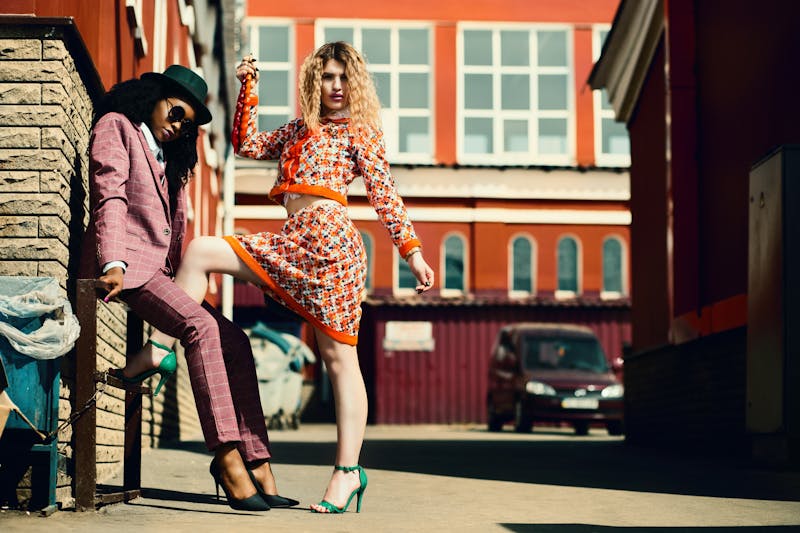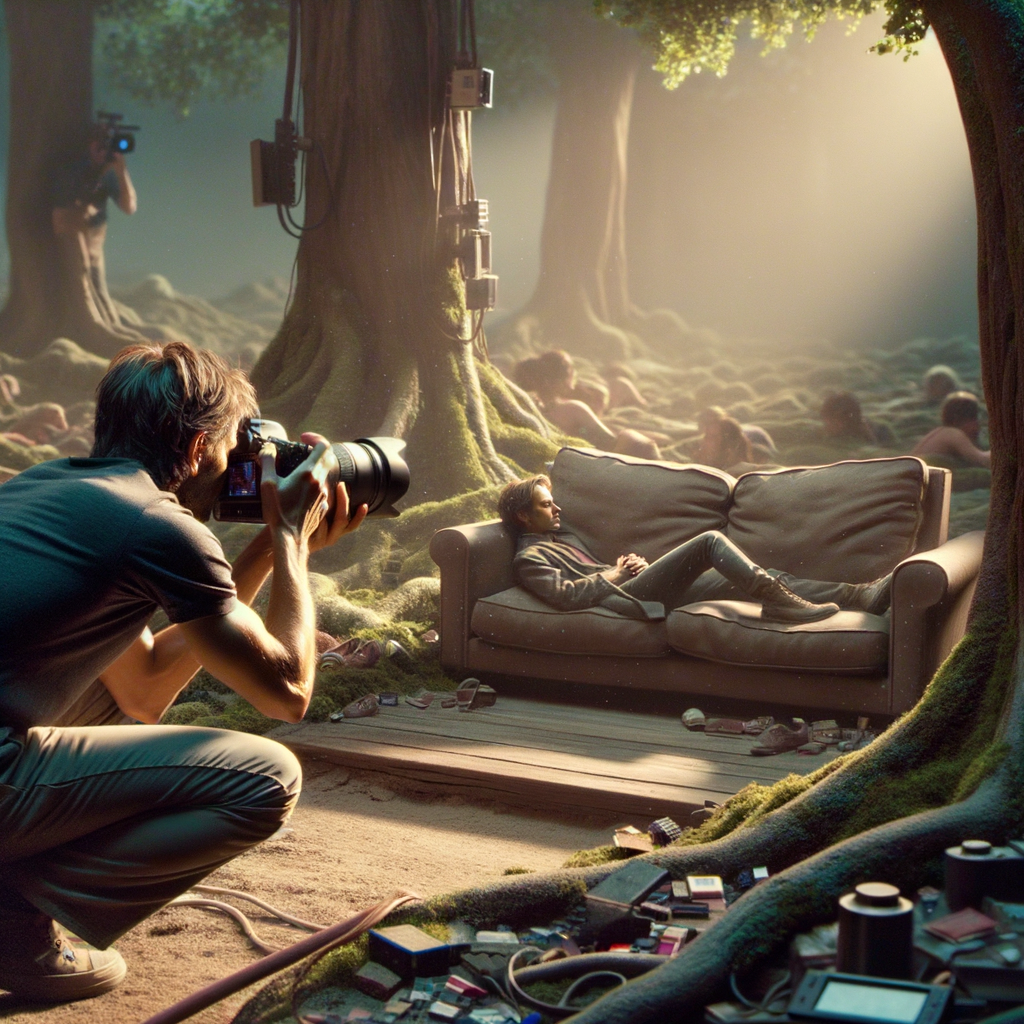My Fascination with Celebrity Culture
As someone who’s always been intrigued by the concept of fame and its glitzy allure, I often find myself wondering: how did celebrity culture start? It’s easy to see celebrities everywhere today—on our TVs, social media feeds, and magazine covers—but celebrity culture wasn’t always the social phenomenon that it is now. This fascination grew into a desire to dig deeper into the roots of fame, exploring how society transitioned from genuine admiration of talent to the worship-like adoration of celebrities.
The Roots of Fame in Ancient Times
When I began exploring the history of celebrity culture, I learned that its origins can be traced back thousands of years. Fame, as a concept, has been around since ancient times, albeit in a much different form compared to what we see in the modern era. Ancient civilizations like Egypt and Rome revered individuals not for their personal lives but for their actions, achievements, and status.
Take ancient Egypt, for example. Pharaohs were not only political leaders but also treated as divine figures. Their larger-than-life personas were immortalized through statues, hieroglyphics, and temples. Similarly, Roman gladiators and politicians, such as Julius Caesar, were celebrated by the masses for their roles in society. While these figures may not fit our modern definition of a “celebrity,” they had aspects of fame: public fascination and attention.
Still, what stood out to me was the lack of focus on personal lives during these times. The public revered these figures for their public persona, not their private personas. This is a far cry from today, where celebrities are often defined as much by their personal lives as by their professional achievements.
Renaissance and the Birth of Individualism
As I delved into the Renaissance era, I could see the seeds of modern celebrity culture starting to form. This was a time when individualism began to thrive, thanks to cultural, artistic, and social revolutions. Painters, writers, and scientists like Leonardo da Vinci, Michelangelo, and Galileo became iconic figures. They were admired not just for their creations but for their personalities and intellect.
What fascinated me most was how the printing press, invented in the mid-15th century, acted as a catalyst. Suddenly, ideas could be distributed widely, and individuals could gain recognition far beyond their immediate circles. Early “fans” began to emerge, and for the first time, people could follow the lives and works of individuals they’d likely never meet in person.

The 18th and 19th Centuries: Theatrical and Literary Celebrities
By the 18th and 19th centuries, I noticed another monumental shift. The theatre and the rise of publishing started to give birth to the celebrity in a form closer to what we recognize today. If I could step back in time, I imagine I’d see public adoration for Shakespearean actors in the theatre or authors like Charles Dickens being mobbed during public readings of their work.
One of the most striking examples I came across was Sarah Siddons, an actress who achieved enormous fame in the 18th century. Fans would follow her performances, collect her memorabilia, and practically worship her. Does that sound familiar? It reminded me of how modern audiences treat film actors and pop stars. Dickens, too, had a fan following that bordered on mania, illustrating that the fascination with celebrity personal lives was already on the rise.
How the 20th Century Changed Everything
In my research, the 20th century stood out as a pivotal time for celebrity culture. The birth of Hollywood in the 1910s and 1920s turned actors into larger-than-life figures. Studios began creating “star systems,” carefully crafting public personas to captivate audiences. This was no longer just about talent; it was about marketability and creating an image people could latch onto.
Since then, I was astonished to see how closely movies, radio, and television shaped the cult of celebrity. Figures like Marilyn Monroe, Frank Sinatra, and Elvis Presley became not only entertainers but icons whose influence extended far beyond their industries. They were role models, style icons, and even political influencers. But something about this era really struck a chord with me—this is when we began to see mass media play a crucial role in perpetuating celebrity culture.
The Rise of Tabloid Journalism
In my exploration, I couldn’t overlook tabloid journalism. It was in the 20th century that the personal lives of celebrities became fodder for public consumption. Scandals, marriages, divorces, feuds—you name it, and the tabloids had a story for it. Suddenly, audiences weren’t just interested in what a celebrity did professionally; they wanted to know everything—from their morning coffee order to their relationships.
As I thought about it, this marked the moment when the line between public and private began to blur for celebrities. With the rise of paparazzi and sensational reporting, celebrity culture became about more than just admiration—it thrived on obsession.
The Internet and Social Media: A New Age of Celebrity
If you’re like me, you might feel that social media has completely transformed the way we perceive celebrities. Platforms like Instagram, TikTok, and Twitter have allowed celebrities to connect directly with fans, bypassing traditional media altogether. Now, they control their narratives to an extent that wasn’t possible before.
But what intrigues me most is how these platforms have created a new kind of fame. Viral videos, influencer culture, and micro-celebrities have ushered in a democratization of fame. Practically anyone can become a “celebrity” today, even if their fame is confined to a niche audience. This has both expanded and fragmented the concept of celebrity culture—something I find endlessly fascinating.

Why Celebrity Culture Endures
After diving into the origins and evolution of celebrity culture, one conclusion seems clear: our fascination with celebrities is deeply rooted in human psychology. From ancient Egypt to TikTok influencers, society has always sought figures to idolize, emulate, or even criticize. This phenomenon reflects our desire to connect, dream, and project our aspirations onto others.
So, how did celebrity culture start? The answer isn’t as straightforward as I initially thought. It has evolved over centuries, shaped by technological advancements, societal shifts, and our innate human tendencies. As we continue to navigate an ever-changing digital landscape, I can’t help but wonder—what will celebrity culture look like in another hundred years? One thing’s for sure: the allure of fame isn’t going away anytime soon.
© 2025 NewsBucket.org All rights reserved. This document cannot be duplicated or distributed in any way, whether it be electronically, mechanically, by photocopying, recording, or another method, without NewsBucket.org’s prior written consent.
